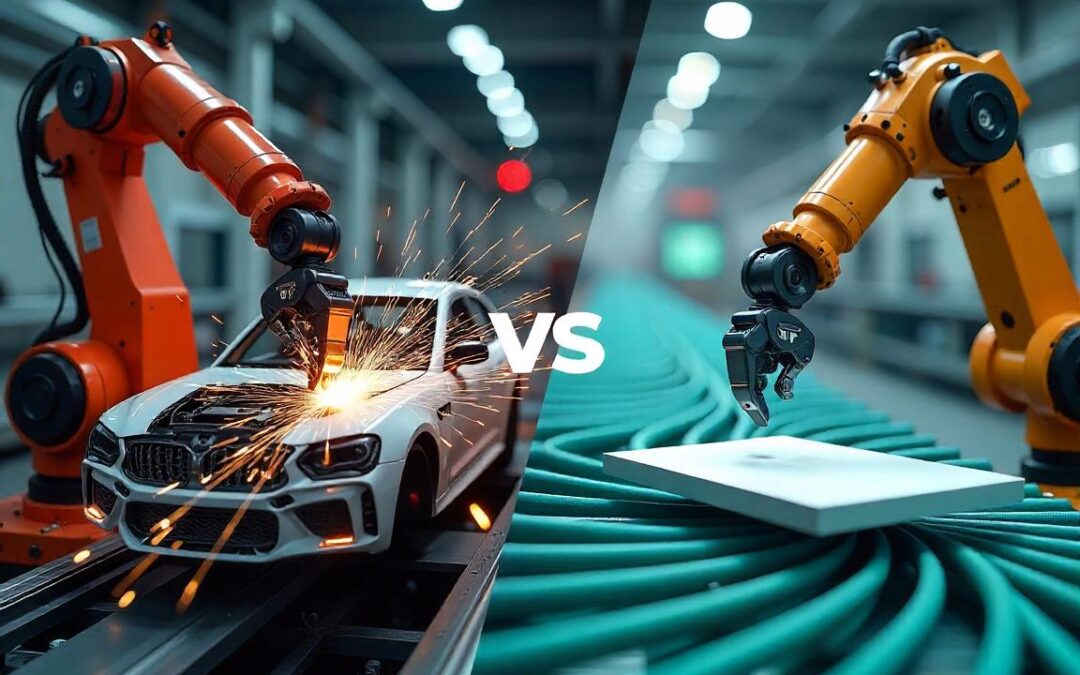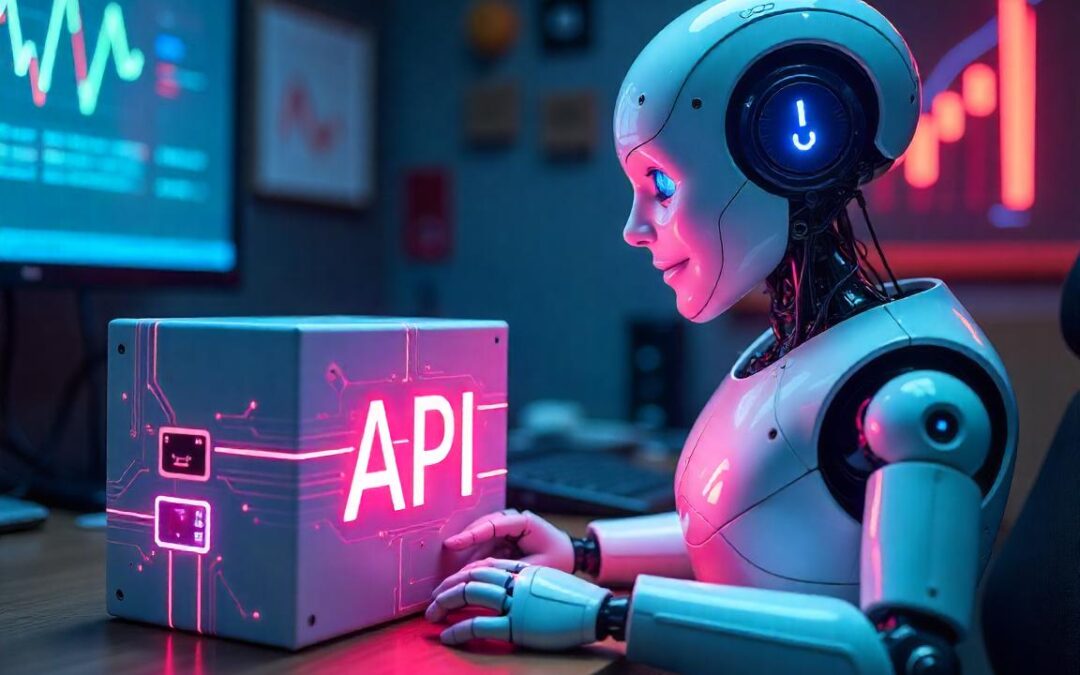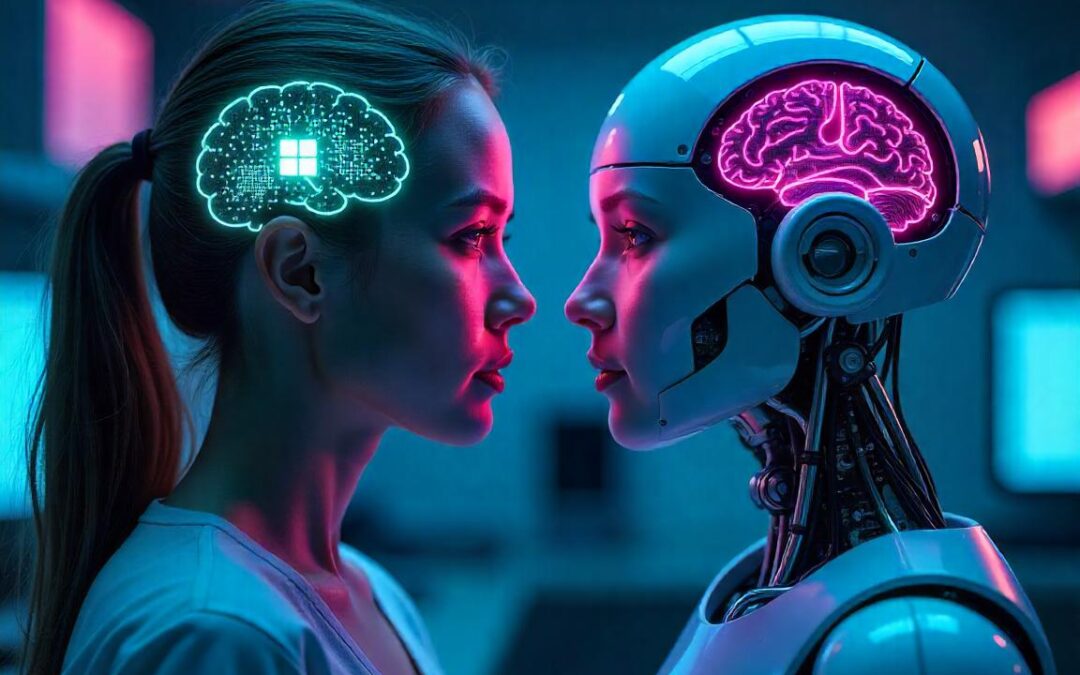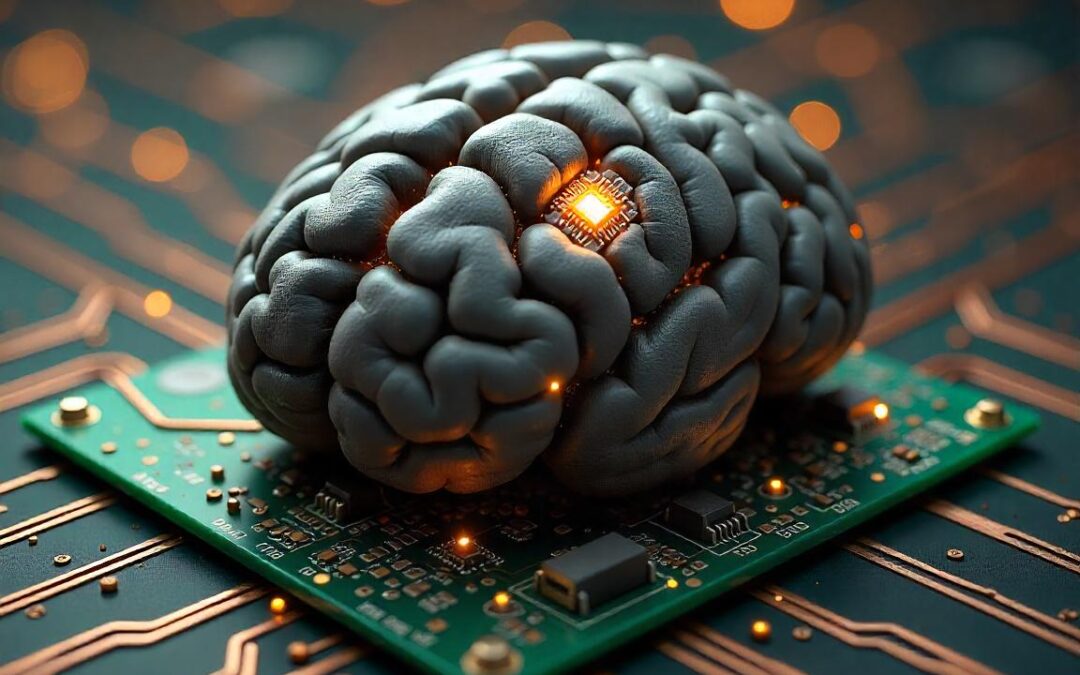
by Bantech@dmin | Apr 29, 2025 | Artificial Intelligence (AI), Emerging Technologies, Software Development
Since Yuri Gagarin first orbited Earth in 1961, space has remained a domain reserved for trained astronauts, military missions, and scientific exploration. For decades, the dream of ordinary people venturing into space felt firmly rooted in science fiction. Today,...

by Bantech@dmin | Apr 25, 2025 | Artificial Intelligence (AI), Emerging Technologies, Technology
Introduction: The Robotics Dilemma in the Modern Industrial Era Robotics technology has significantly matured over the past two decades, transforming how industries operate and compete. As automation becomes a cornerstone of operational efficiency, many businesses are...

by Bantech@dmin | Apr 22, 2025 | Artificial Intelligence (AI)
In the race toward digital transformation, businesses today are presented with a crucial decision: where should they anchor their technological evolution? Two modern paradigms dominate this landscape API-First and AI-First strategies. Both have become foundational to...

by Bantech@dmin | Apr 18, 2025 | Artificial Intelligence (AI), Emerging Technologies
In the digital age, Artificial Intelligence (AI) has rapidly evolved from academic theory to a cornerstone of modern innovation. From automating customer interactions to enabling autonomous vehicles, AI has transformed how industries operate and how we interact with...

by Bantech@dmin | Apr 16, 2025 | Artificial Intelligence (AI), Company, Entrepreneurship, Technology, Website Design
In today’s fast-paced business environment, a brand that doesn’t evolve risks becoming irrelevant. But evolution isn’t simply about updating a logo or tweaking a tagline—it’s about undergoing a deep transformation that reflects who you’ve become, what you stand for,...

by Bantech@dmin | Apr 14, 2025 | Artificial Intelligence (AI), Software Development, Technology, Website Development
Neuromorphic Computing: The Future of Smart Tech In a world where artificial intelligence (AI) and machine learning (ML) are increasingly intertwined with everyday operations, from healthcare diagnostics to autonomous driving, traditional computing models are...






